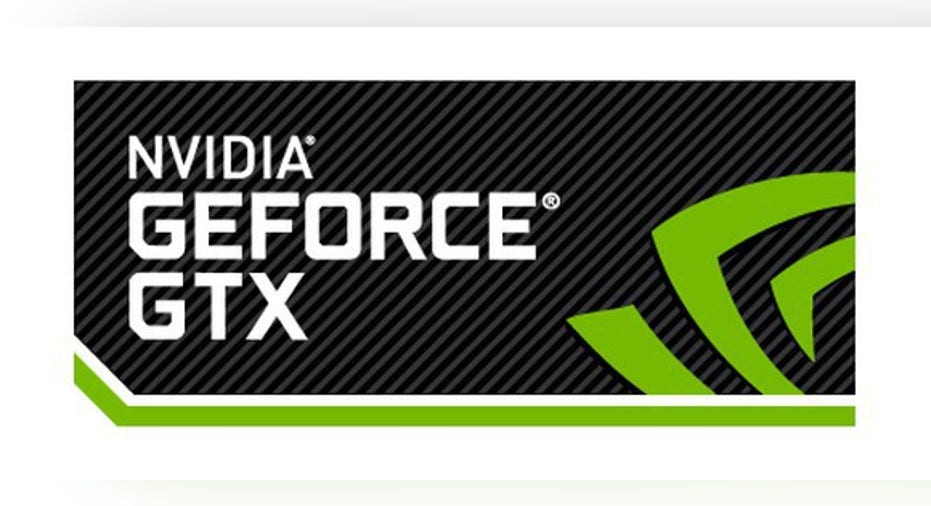NVIDIA Corporation's Titan X Continues to Sell Out

Image source: NVIDIA.
Last month, graphics specialist NVIDIA (NASDAQ: NVDA) surprised many with the announcement of its next generation Titan X graphics card based on its Pascal architecture. The new Titan X, according to hardware review site Tech Power Up, is just over 30% faster on average relative to the GeForce GTX 1080 that the company announced back in May.
For that 30% additional performance, NVIDIA is charging $1200 -- a whopping 71% more than its GeForce GTX 1080 Founders Edition (which is, itself, priced at a premium to the "typical" GTX 1080 that one might find in the marketplace).
Despite the relatively high price, there are indications that demand for the product is quite robust.
This product routinely sells out on GeForce.com
At this point, it's quite clear that supply and demand for this product have yet to come into balance. I check the availability of this product on GeForce.com fairly regularly, and even though it's been in stock a couple of times when I've checked, it generally appears to be sold out. The obvious implication here is that demand currently outstrips supply.
Now, it's hard to get a sense for the absolute level of demand without knowing how many cards NVIDIA has been building. However, what this does tell us is that gamers are clearly willing to pay big bucks in order to get their hands on graphics processors with very high levels of performance -- a notion that's supported by NVIDIA's long-running average selling price growth.
How can NVIDIA capitalize further on this?
In the near-term, NVIDIA's focus should be on building enough of the Titan X cards to go around -- strike while the iron is hot.
Over the longer term, though, I would expect that the company will invest further in designing higher value graphics processors in a bid to try to push average selling prices up even further. I suspect there's room for the company to release graphics processors at north of $1200, as long as the performance is there.
Additionally, the gap between the $599-$699 GeForce GTX 1080 and the $1200 Titan X is quite large; there's probably room for the company to slot in a product in between those price points.
Things could get very interesting in the Volta generation
According to a leak that I wrote about previously, NVIDIA is expected to launch three high end gaming-oriented graphics processors based on its upcoming Volta architecture: GV104, GV102, and GV110.
Based on the naming scheme, GV104 appears to be the direct successor to the GP104 chip that powers the GeForce GTX 1080 (and the GeForce GTX 1070), while GV102 looks like the direct successor to the GP102 chip that powers the Titan X.
The leak also mentions a GV110 chip, which I believe could actually be a higher end product than the GV102 (GV110 might just be a more elegant way to name a product that would have the performance level that one would expect from a hypothetical "GV101" chip).
It would be interesting to see the GV104 serve as a GeForce GTX 1180 (or whatever NVIDIA's marketing department calls it), the GV102 as a GeForce GTX 1180 Ti, and GV110 as a dedicated Volta-based Titan X chip.
In terms of pricing, the hypothetical GTX 1180 could still come in at $599-$699, the hypothetical GTX 1180 Ti at $749-$899, and the next generation Titan X at $1200+. Such a product stack, should the performance levels of the chips justify those prices, could very well serve to fuel continued average selling price growth for the graphics specialist.
A secret billion-dollar stock opportunity The world's biggest tech company forgot to show you something, but a few Wall Street analysts and the Fool didn't miss a beat: There's a small company that's powering their brand-new gadgets and the coming revolution in technology. And we think its stock price has nearly unlimited room to run for early in-the-know investors! To be one of them, just click here.
Ashraf Eassa has no position in any stocks mentioned. The Motley Fool owns shares of and recommends Nvidia. Try any of our Foolish newsletter services free for 30 days. We Fools may not all hold the same opinions, but we all believe that considering a diverse range of insights makes us better investors. The Motley Fool has a disclosure policy.



















